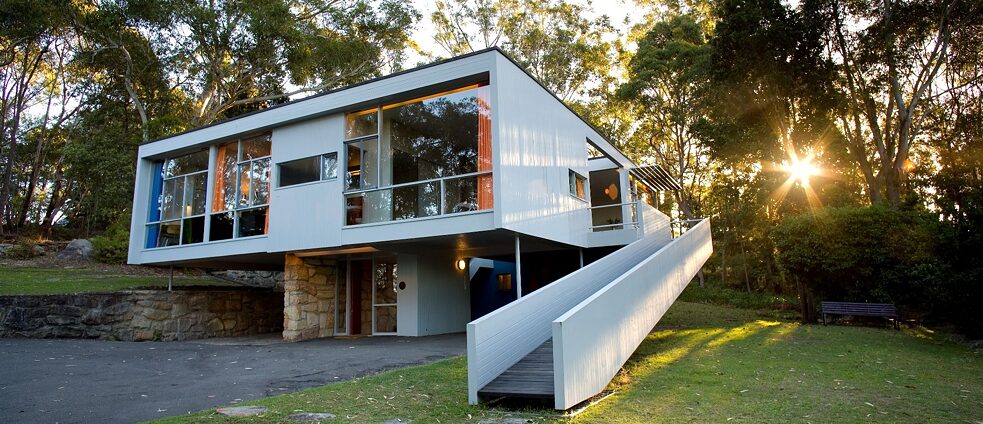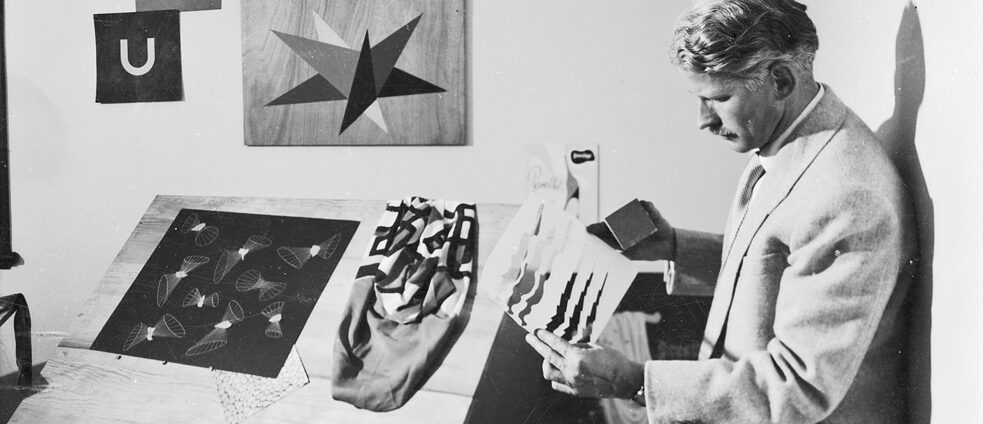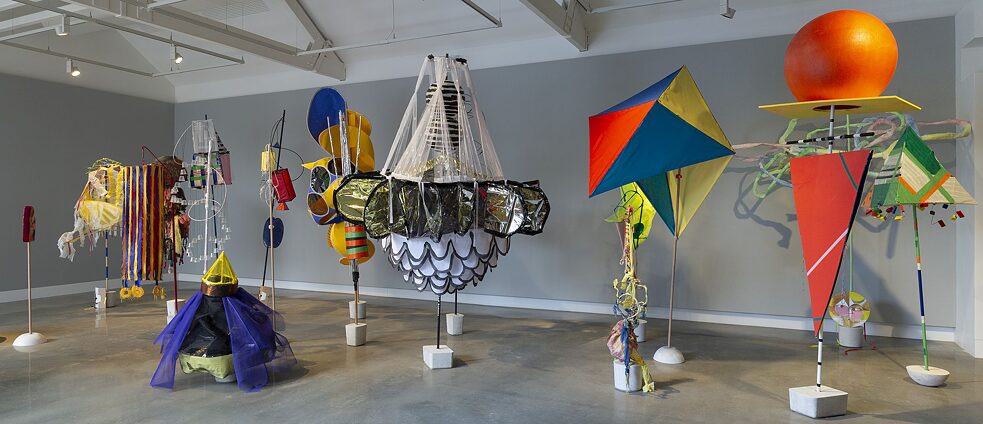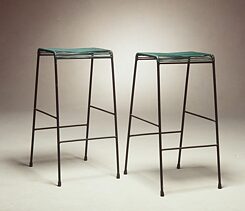Bauhaus 100
Bauhaus in Australia: A migrant story

The development of the Bauhaus movement in Australia was closely linked to European migration, especially during and after World War Two. Foreign educators and architects played key roles, meaning various Bauhaus methods can still be seen in art and industrial design schools today.
By André Leslie
Although celebrated around the world shortly after its inception in 1919, Bauhaus ideals took a while to seep through to Australia. Architect Henry Pynor is believed to be the first Australian to have actually visited the Bauhaus school in Dessau, Germany, in 1927. On his return to Australia he wrote a glowing review for the pioneering design magazine "The Home" and included in his article a page of select designs from the school.
Three years later, Eleonore Lange was part of the first wave of Europeans to preach the benefits of the Bauhaus methods in Australia, according to Andrew McNamara. The Queensland art historian is one of the co-authors of a recent book Bauhaus Diaspora and Beyond which looks at the key role that migrants, with Bauhaus ideas in their heads, played in Australian design and art development.
"Lange never went to the Bauhaus, she was born in Frankfurt though, and she was into reform education," McNamara explains. "She was in to colour theory and colour studies and wanted to create works that were purely colour-based."
The real Australian Bauhaus push came though, rather surprisingly, right in the middle of World War Two after a number of so-called German sympathisers, many of them escaped Jews, were transported to Australia mainly from the UK. Important Australian design pioneers like Ludwig Hirschfeld Mack (from Germany) and Georg Teltscher (from Austria), were on the infamous ship, the HMT Dunera and, once they landed, were sent immediately to an internment camp in western New South Wales.
"Some of the first Bauhaus lessons were taught in an internment camp at Hay, in the dust," McNamara says.
 Gerard Herbst developed an industrial design course at RMIT which mirrored the Bauhaus style
| Photographer unknown / Collection: Museum of Applied Arts and Sciences
Gerard Herbst developed an industrial design course at RMIT which mirrored the Bauhaus style
| Photographer unknown / Collection: Museum of Applied Arts and Sciences
STAY OR GO?
While Teltscher headed back to Europe as quickly as he was able to, others who came to Australia during World War Two decided to set up their lives Down Under. Hirschfeld Mack went on to teach art at Geelong Grammar in Victoria, while Gerard Herbst, also from Germany, stayed on and taught industrial design at Melbourne university RMIT."Herbst built up the Industrial Design course at RMIT to really mirror the Bauhaus," says Malte Wagenfeld, a current lecturer at the university and himself the grandson of the Bauhaus school attendee, Wilhelm Wagenfeld. "I think that happened throughout Australian design courses. They were very influenced by the Bauhaus model."
That model allowed students to move across multiple fields of design at once, rather than focusing on classical areas of expertise. It also meant that ordinary, humble materials could be reinterpreted to make products and it encouraged broad thinking and experimentation.
McNamara says the change was instrumental, saying "not many art schools have any sort of vaguely classical approach now, it's all about looking at colour or forms."
 Bauhaus-inspired lanterns, made by Australian students, on display at the Buxton Contemporary museum
| © Christian Capurro
Bauhaus-inspired lanterns, made by Australian students, on display at the Buxton Contemporary museum
| © Christian Capurro
ARCHITECTURAL INFLUENCES
But aside from the generations of influence stemming from these early Bauhaus educators, the role of some key architects also helped propel Bauhaus into the mainstream in Australia. While local Robin Boyd played a considerable role, Viennese migrant Harry Seidler was the highest profile Bauhaus-inspired architect, even helping to bring the school's founder, Walter Gropius, to Australia in 1954.Seidler, who was just 10 years old at the time of the Bauhaus' closure, also escaped the Nazis with his family, before eventually learning at a Bauhaus-inspired school called Black Mountain College in the USA. His family moved to Australia in 1946.
"Throughout his career in Australia from 1948 to 2006, (Seidler) was a staunch advocate for the ideals and aspirations of the Bauhaus," says Philip Goad, another co-author of Bauhaus Diaspora and Beyond.
"His Rose Seidler House in Wahroonga, Sydney, built for his mother and father, is internationally, one of the best examples of the so-called East Coast Bauhaus style - an amalgam of the teachings of Gropius, Albers and Breuer, all in one building."
 1950s stools from Australian designer Clement Meadmore
| Photo: Penelope Clay / Collection: Museum of Applied Arts and Sciences
1950s stools from Australian designer Clement Meadmore
| Photo: Penelope Clay / Collection: Museum of Applied Arts and Sciences
THE AUSSIE TOUCH
Goad says that Australian Bauhaus-inspired architecture did look a little different to the original Bauhaus buildings however. There was a tendency to use local materials like exposed brick and, where plate glass wasn't available in the quantity required, to break up a window into smaller sections."Other specifically Australian traits were the inclusion of elements that would limit or mediate the effect of Australia's strong sunlight, like extended eaves, extended side-wall fins, horizontal battened sun-shades and adjustable blinds," says Goad.
Bauhaus industrial design in Australia remained true to its roots though, providing affordable products for the everyday consumer, even if the upper middle classes tended to embrace the ideas more than the workers.
"I think it was about designing for the masses and about cultural equality," Malte Wagenfeld says. "The idea was really good design, for the masses, and I think in Australia that's what happened."